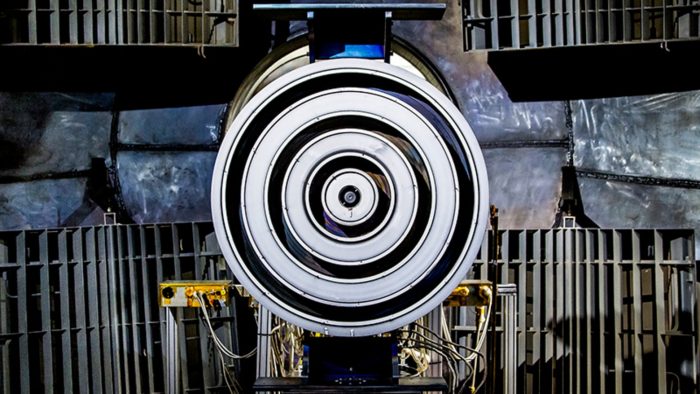
A Hall thruster is a form of electric space propulsion that replaces conventional rockets with a stream of charged ions that can propel a spacecraft for months or years on very little fuel while being powered by an outside source, like an array of solar panels, a nuclear reactor, or fuel cells. Electric Propulsion a technology that’s been used before, but Michigan is improving on the existing state of the art by an order of magnitude that could be compared to the jump from subsonic to supersonic air travel.
The latest version developed by UM, the X3, is not only the biggest Hall thruster yet, but has broken records for the maximum power output, thrust, and operating current achieved by any Hall thruster to date.
